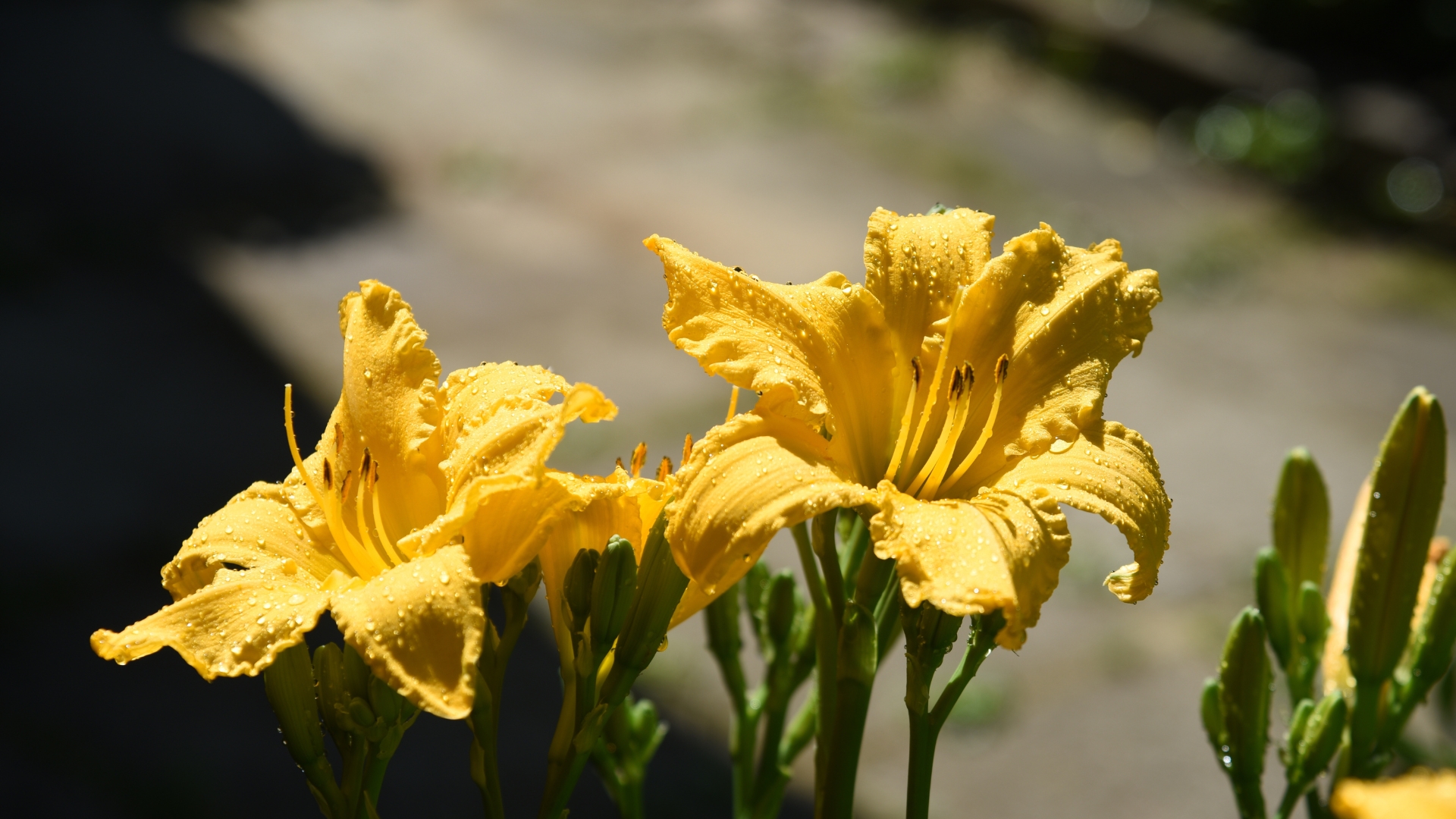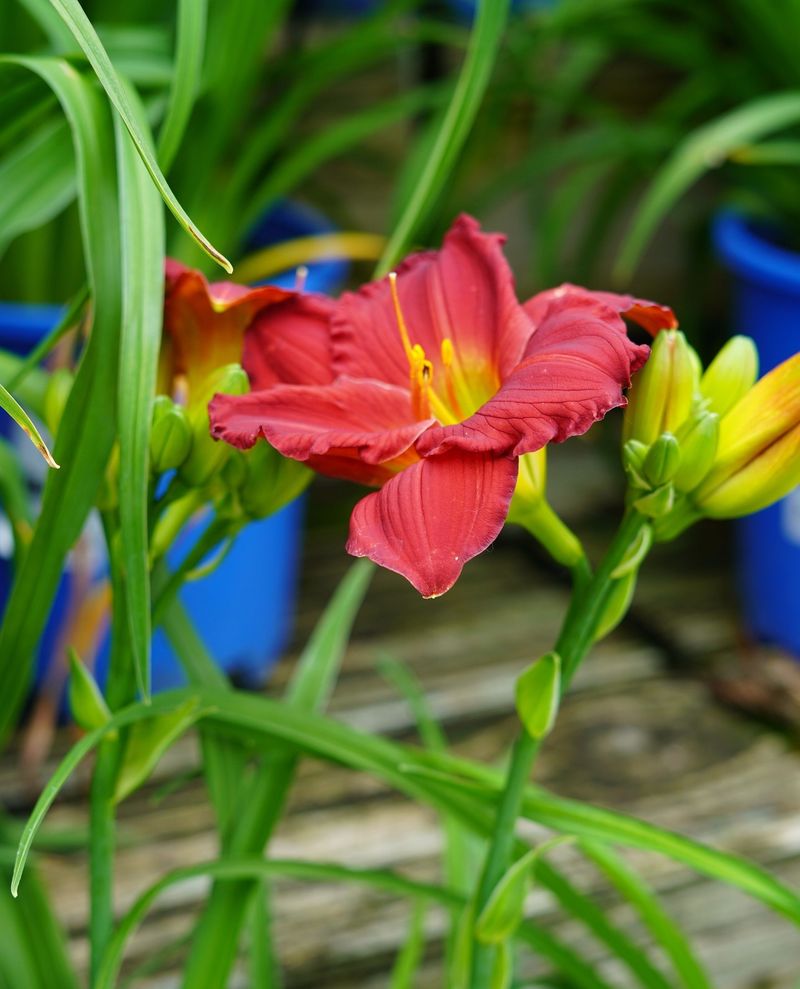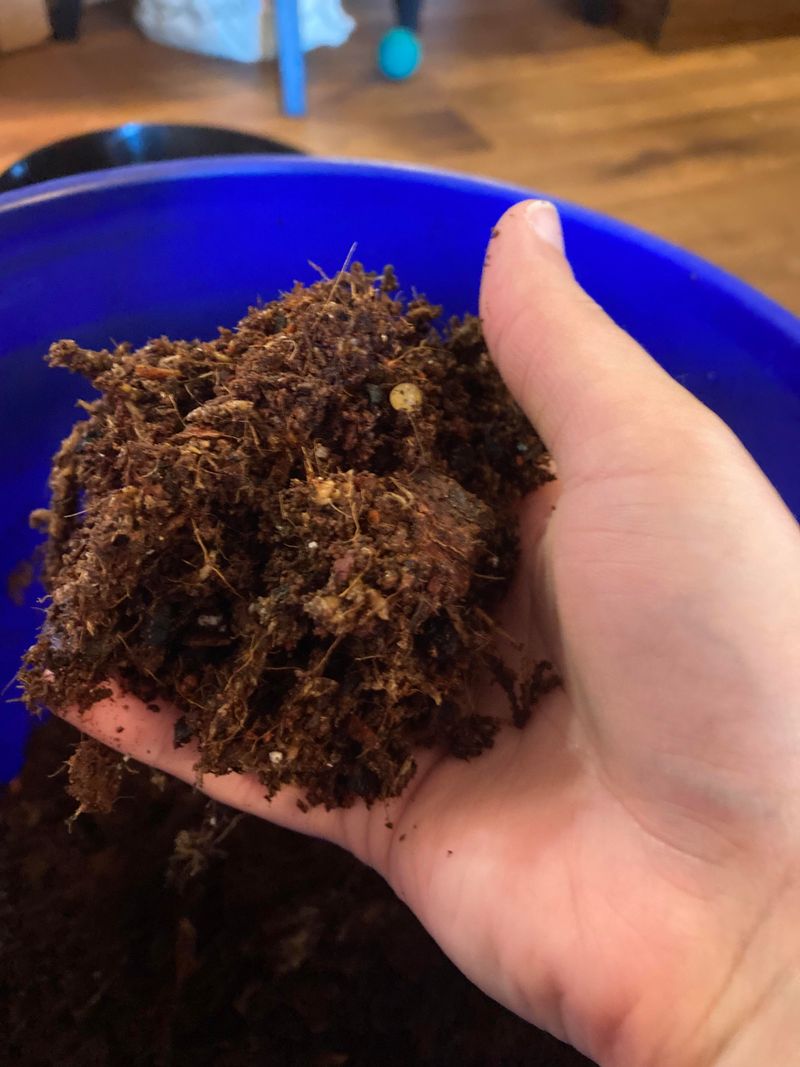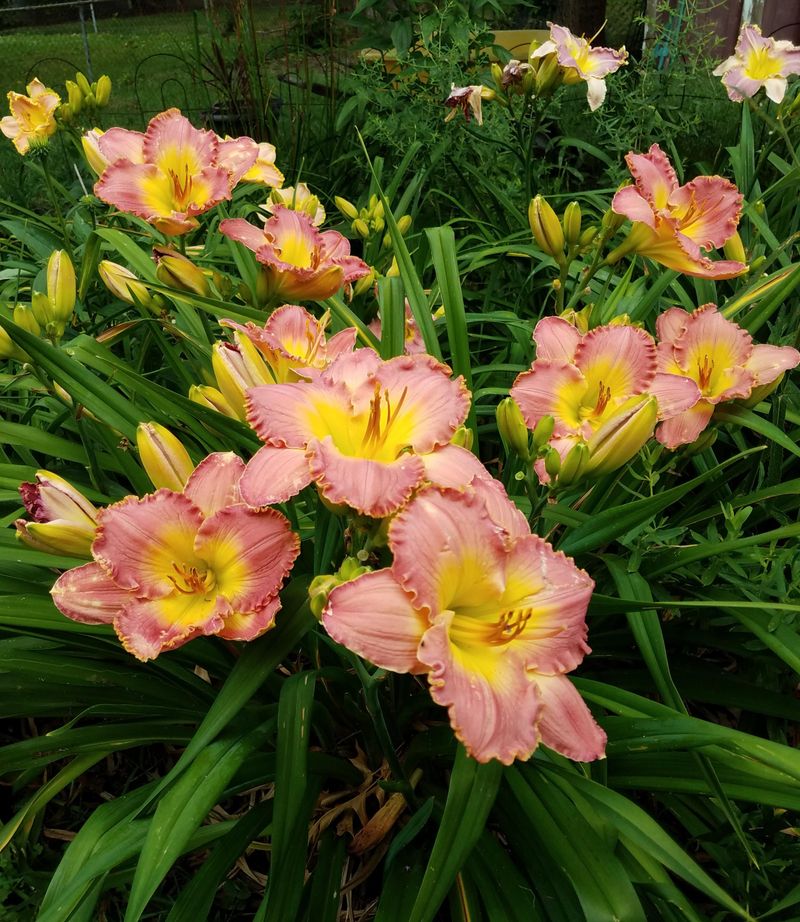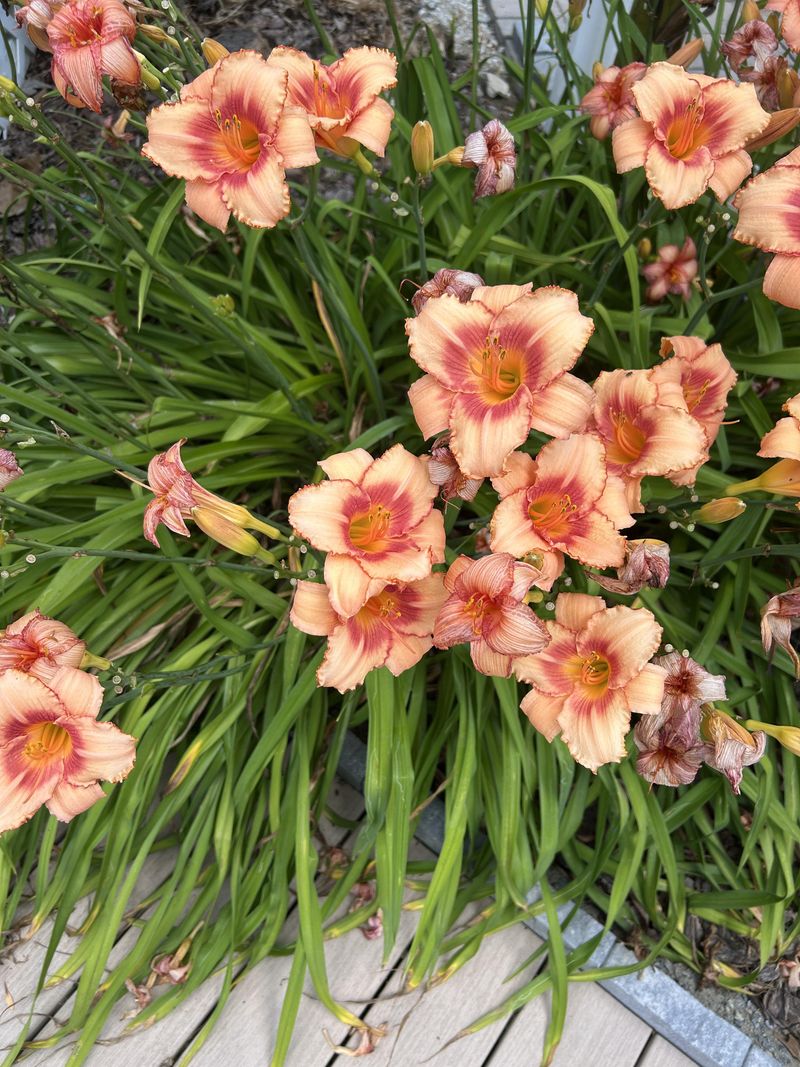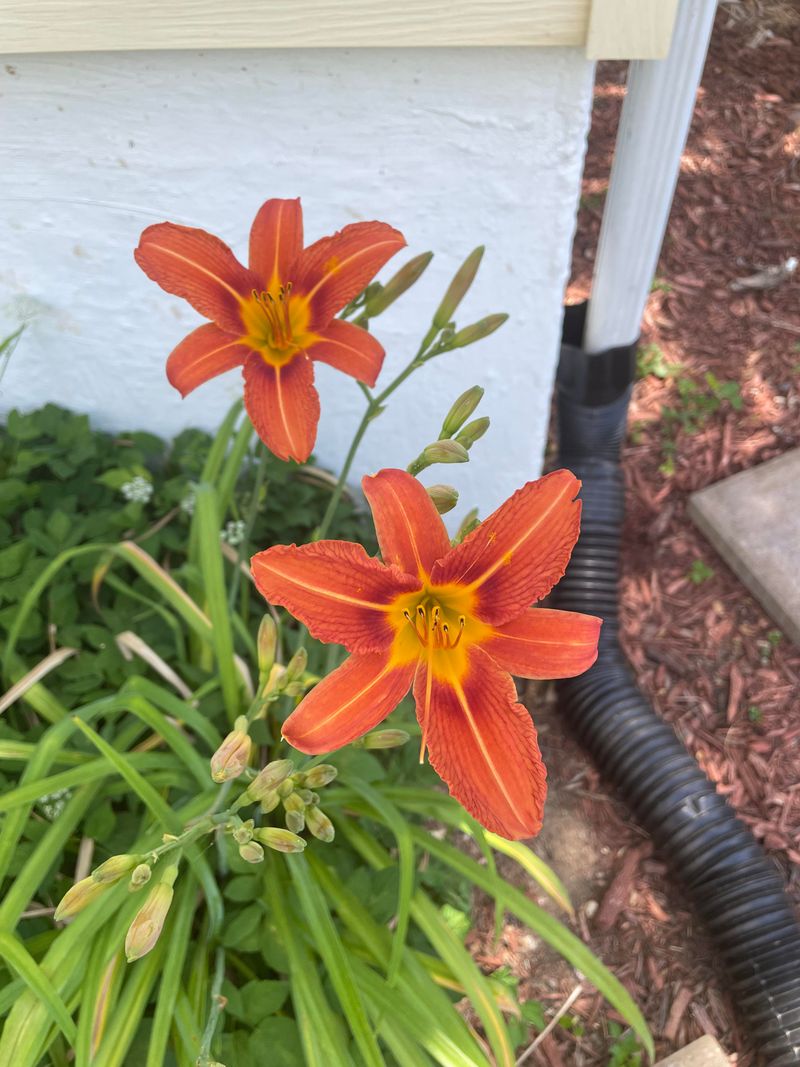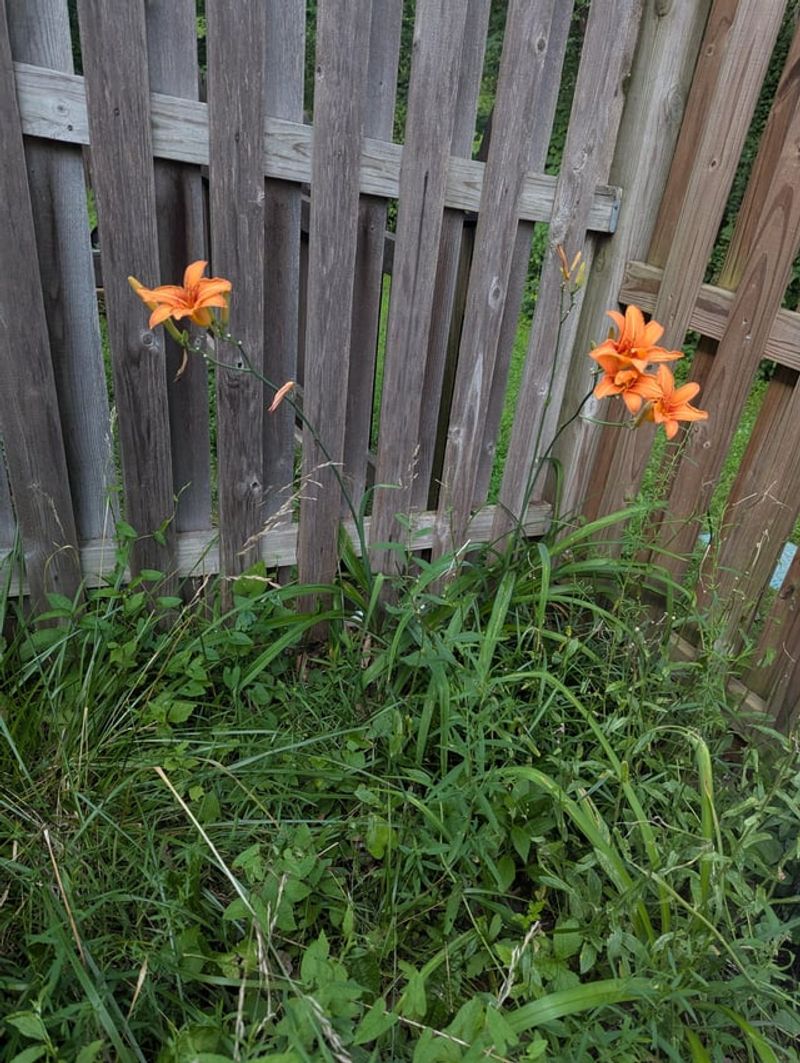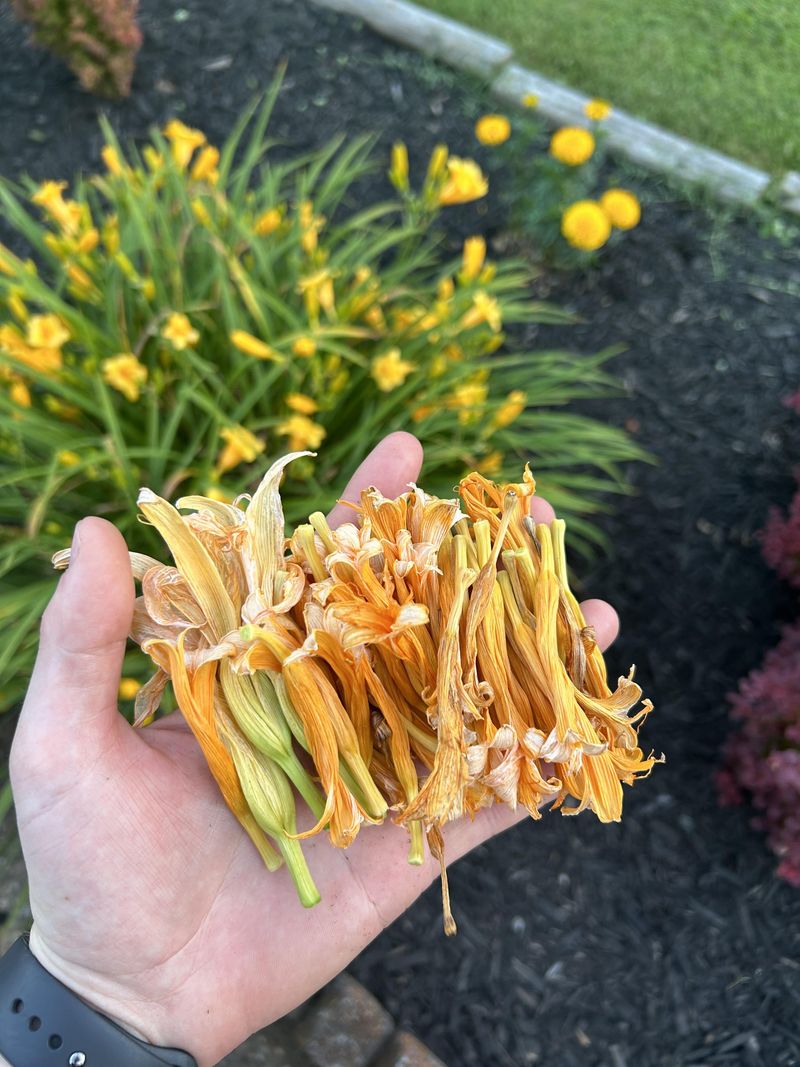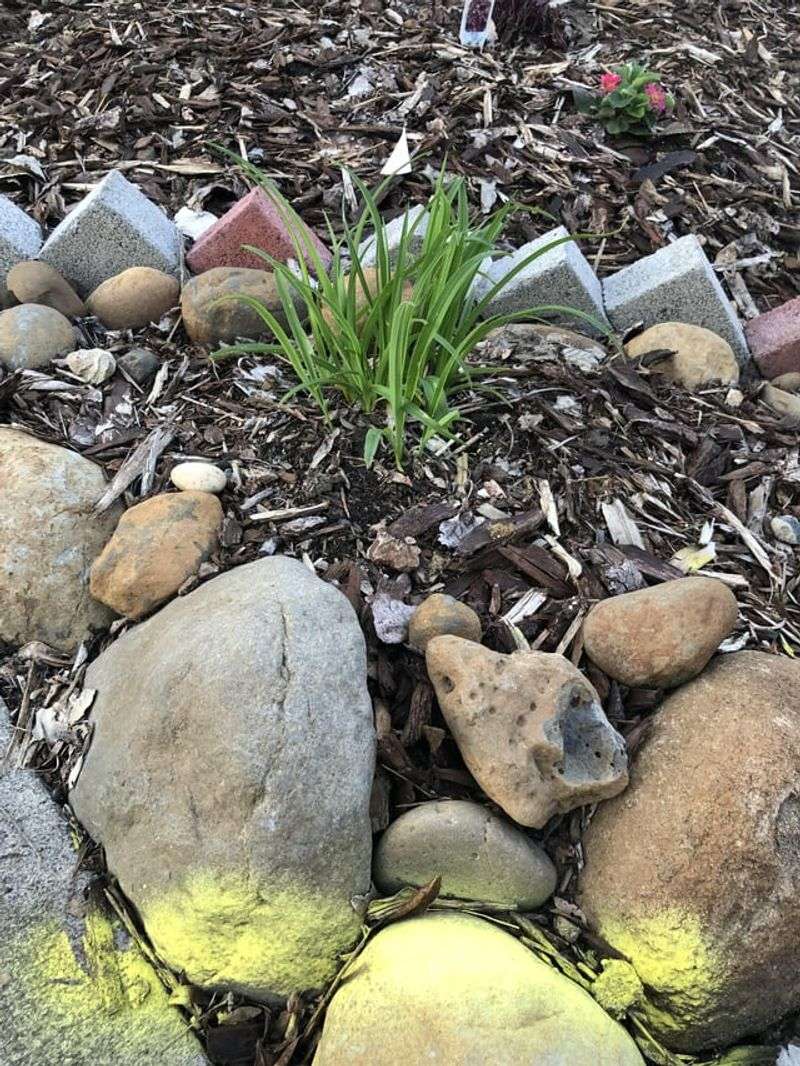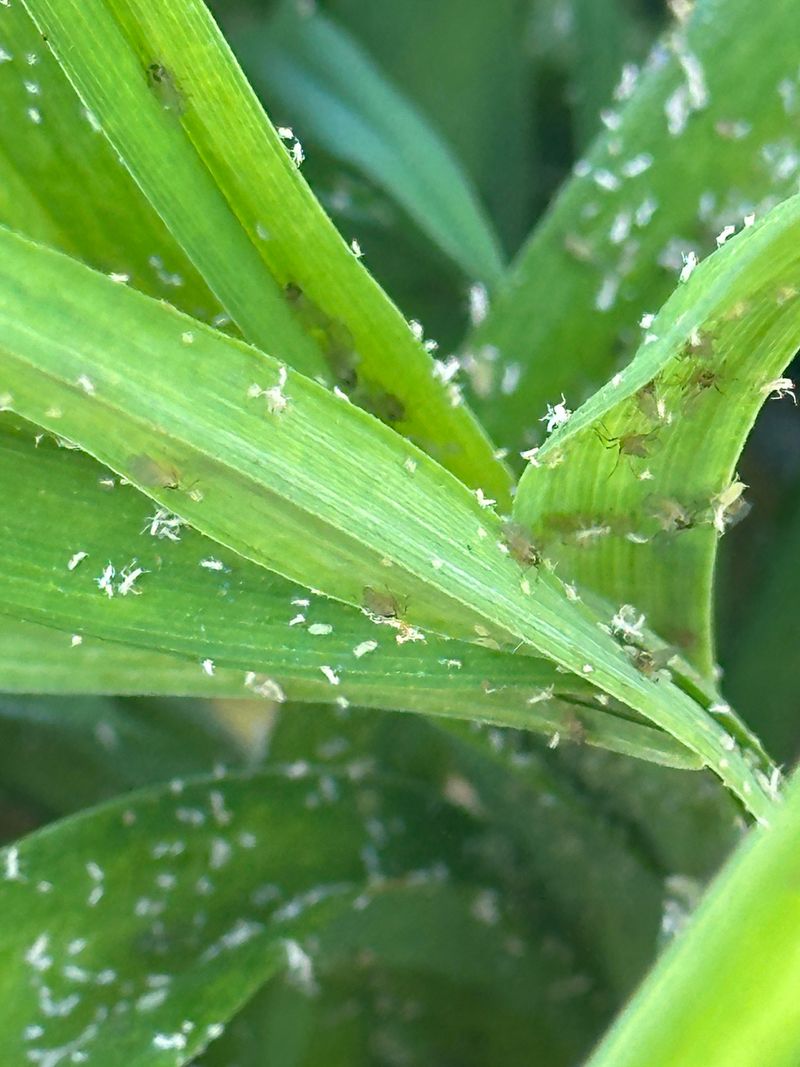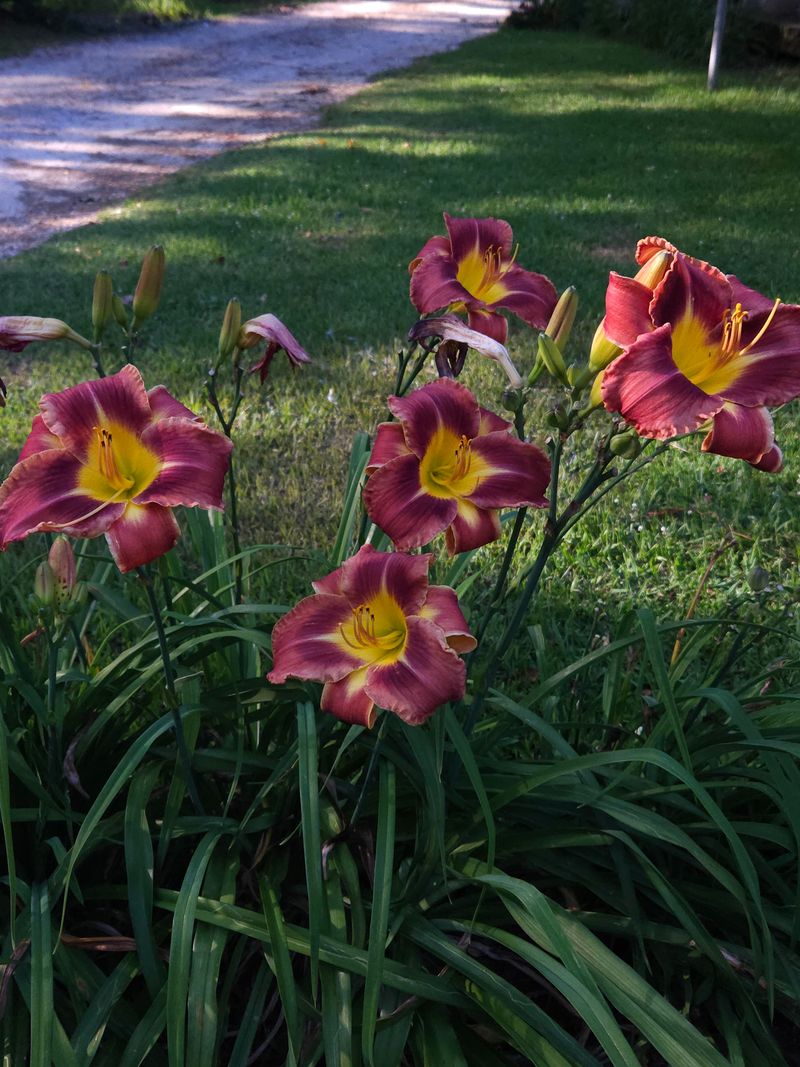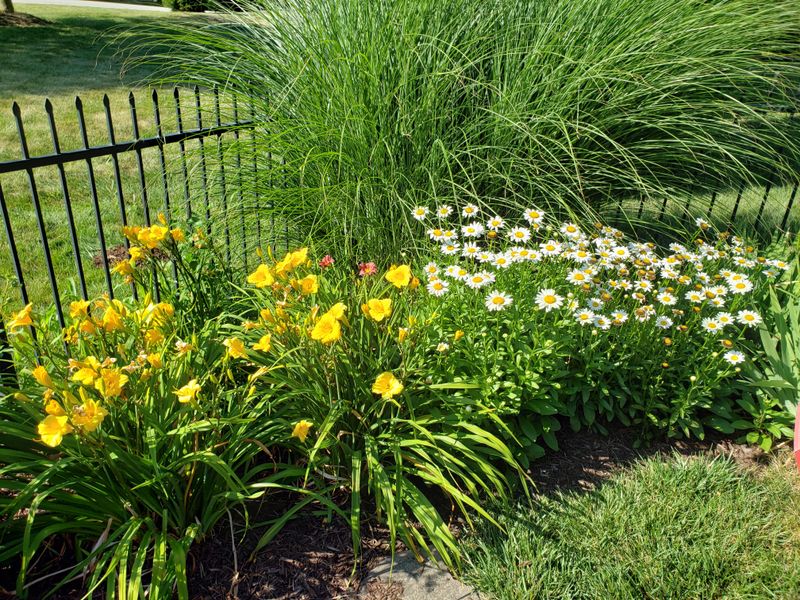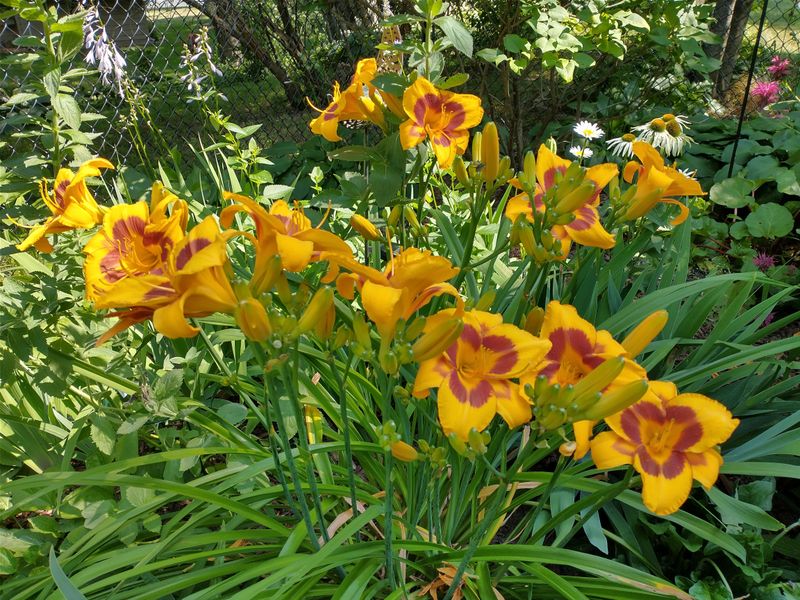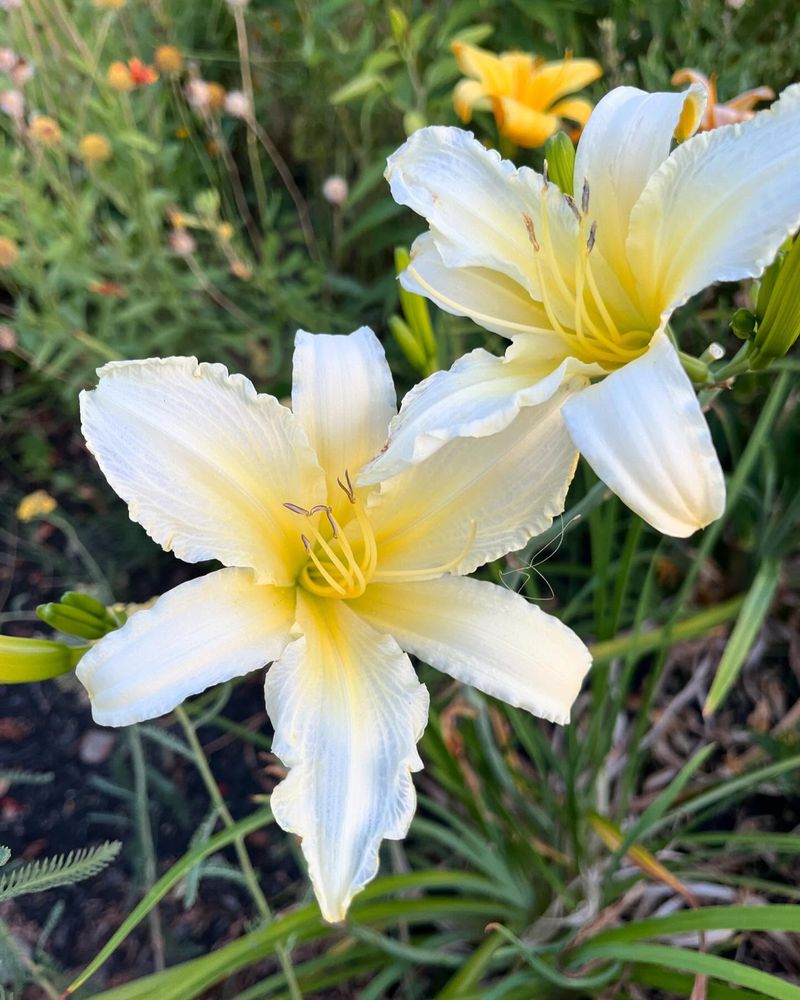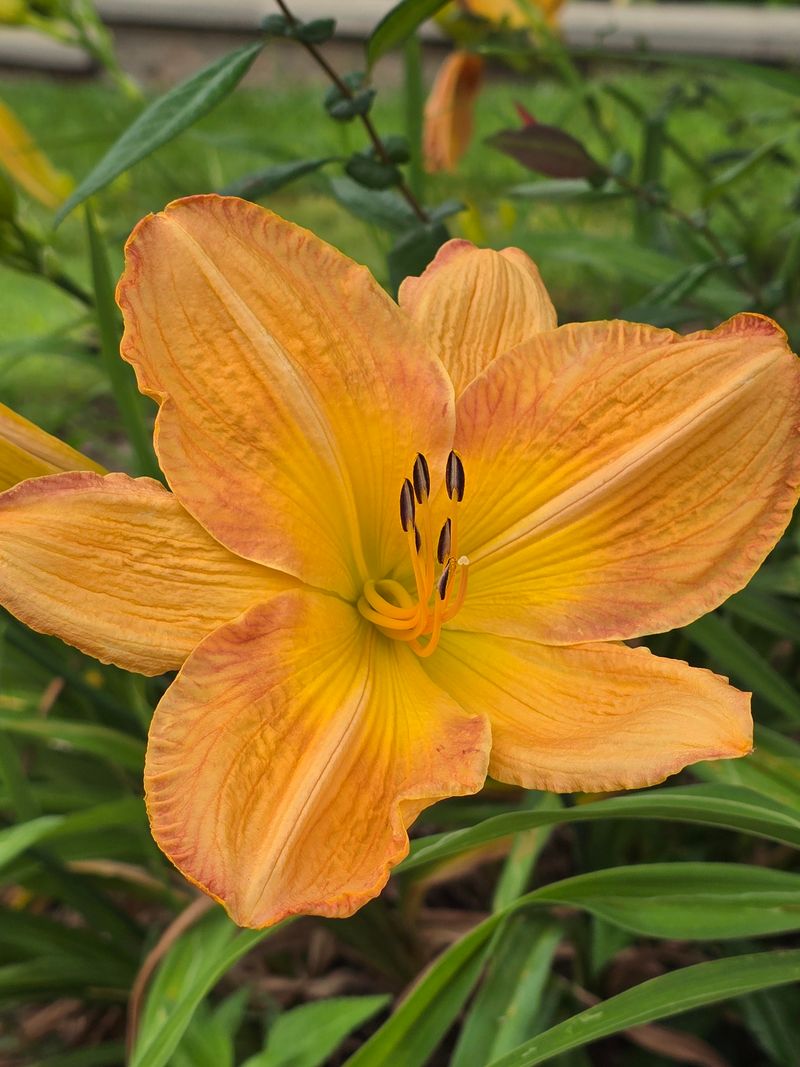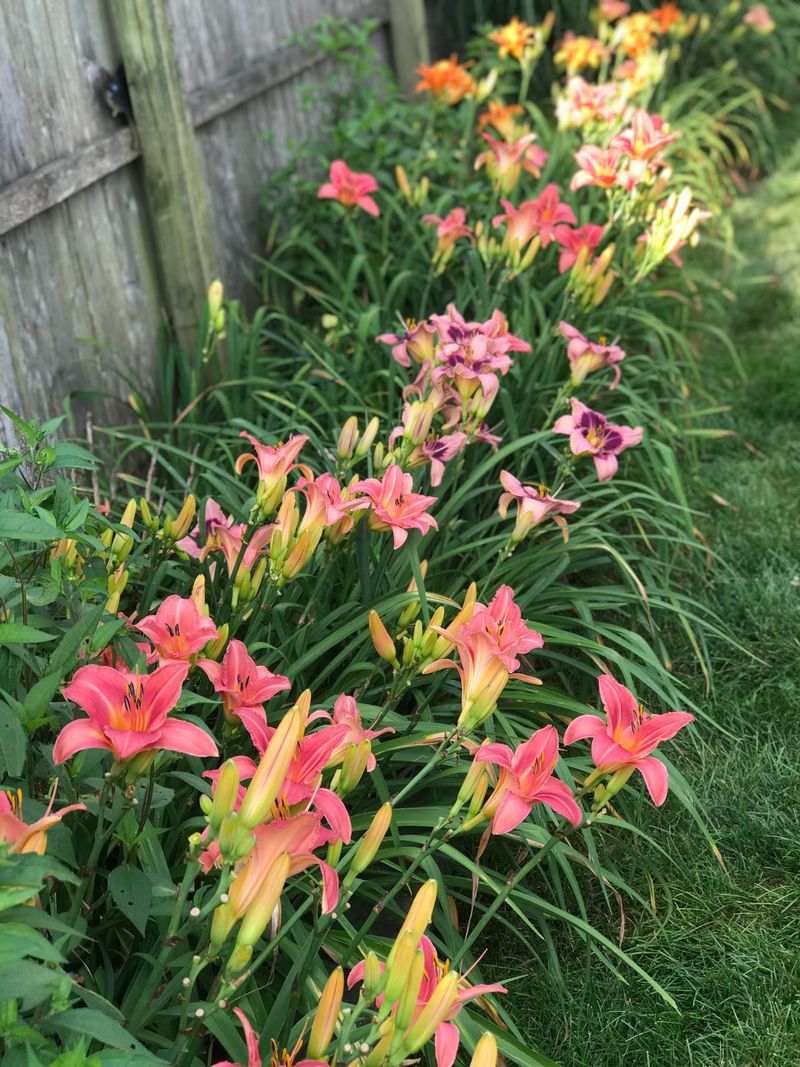Want to see those daylily blooms steal the show in your garden? Growing bigger, brighter flowers isn’t as tricky as it seems, and a few simple changes can make all the difference.
I’ve noticed some easy tricks that most gardeners miss but that really boost bloom size. These tips come straight from hands-on experience and a little trial and error.
Get ready to turn your daylilies into the star attraction of your outdoor space!
1. Strategic Sunlight Positioning
Daylilies need at least 6 hours of direct sunlight to produce their biggest blooms. Morning sun with afternoon shade often works best in hotter climates, preventing stress that can reduce flower size.
Position your plants where they’ll receive maximum morning light but some protection during the hottest part of the day. This balance encourages robust energy production without the wilting that can stunt bloom development.
2. Rich Soil Preparation
The foundation for spectacular daylily blooms starts beneath the surface. Amend your soil with plenty of organic matter like compost or well-rotted manure before planting to create a nutrient-rich environment.
Work these amendments into the soil to a depth of 12-18 inches, ensuring good drainage while retaining enough moisture. This deep preparation encourages extensive root development, allowing plants to access more nutrients for bigger blooms.
3. Proper Plant Spacing
Give your daylilies room to breathe by spacing them 18-24 inches apart. Crowded plants compete for nutrients and water, resulting in smaller blooms and increased disease risk.
When dividing established clumps, be generous with spacing. The extra room allows for better air circulation and reduces humidity around the foliage. Plants with adequate personal space develop stronger root systems capable of supporting those eye-catching giant blooms.
4. Balanced Fertilization Schedule
Feed your daylilies with a balanced, slow-release fertilizer in early spring when new growth appears. Look for formulations with higher phosphorus content (the middle number) to encourage flowering rather than just foliage growth.
Follow up with a second application about 6-8 weeks later, just before the bloom season begins. Avoid high-nitrogen fertilizers which promote lush leaves at the expense of flowers. Remember that over-fertilizing can be just as harmful as under-fertilizing.
5. Consistent Watering Practices
Daylilies produce their biggest blooms when they receive about one inch of water weekly. Deep, thorough watering encourages roots to grow downward rather than staying near the surface.
Use soaker hoses or drip irrigation to deliver water directly to the soil, avoiding wet foliage that can lead to fungal issues. During the critical bud-forming period, never allow plants to experience drought stress, as this directly impacts bloom size.
6. Mulch Application Benefits
A 2-3 inch layer of organic mulch works wonders for daylily bloom size. It regulates soil temperature, preserves crucial moisture, and gradually breaks down to feed the soil ecosystem that supports your plants.
Apply mulch in early spring after the soil has warmed, keeping it pulled back slightly from the crown of each plant. Shredded leaves, pine straw, or composted bark all make excellent choices that improve soil structure while suppressing bloom-stealing weeds.
7. Strategic Deadheading Technique
Remove spent flowers promptly to redirect the plant’s energy toward developing new, bigger blooms rather than seed production. Snip off the withered flower right at its base where it meets the scape (flower stalk).
For reblooming varieties, this practice is especially important. Once all flowers on a scape have bloomed, cut the entire stalk back to the base. This maintenance routine signals the plant to focus on producing more impressive flowers rather than wasting energy on seeds.
8. Timely Division Process
Divide overcrowded daylily clumps every 3-5 years to reinvigorate them for maximum bloom size. The best time is early spring or about 6-8 weeks after flowering, giving plants time to establish before winter.
When dividing, ensure each section has 2-3 fans of leaves and plenty of roots. Replant promptly at the same depth as before, with the crown just at soil level. This rejuvenation process removes competition and gives each division access to more nutrients.
9. Targeted Pest Management
Inspect your daylilies regularly for thrips, aphids, and spider mites – tiny pests that can dramatically reduce bloom size by damaging buds before they open. A strong spray of water often dislodges these invaders before they cause serious harm.
For persistent problems, consider insecticidal soap applications in the evening when beneficial insects are less active. Healthy plants naturally produce larger blooms, so keeping pests in check directly impacts flower size and quality.
10. Fall Cleanup Practices
Cut back daylily foliage to about 6 inches in late fall after the first frost. This reduces overwintering sites for pests and diseases that could weaken plants and reduce next year’s bloom size.
Remove all debris from around plants and dispose of it rather than composting if you’ve had disease issues. This autumn ritual prepares the crown to focus energy on root development during dormancy, setting the stage for spectacular blooms when growth resumes.
11. Bloom-Boosting Companions
Plant daylilies alongside shallow-rooted companions that won’t compete for nutrients but attract beneficial pollinators. Lavender, catmint, and compact varieties of coreopsis make excellent neighbors that bring in bees and butterflies.
These helpful insects improve pollination efficiency, which can influence bloom quality. The right companion plants also create beneficial microclimates, providing light afternoon shade in hot regions where daylilies might otherwise struggle to produce their largest blooms.
12. Hybridizer’s Selection Secrets
Many gardeners overlook the importance of starting with bloom-size-focused cultivars. Modern hybrids like ‘Substantial Evidence’ and ‘Heavenly Angel Ice’ are specifically bred for enormous flowers, often exceeding 7 inches across.
Research tetraploid varieties, which have double the chromosomes of standard daylilies and typically produce substantially larger blooms. While they may cost more initially, these genetic powerhouses deliver impressive results with the same care as regular varieties.
13. Nighttime Temperature Impact
Few gardeners realize that cooler night temperatures during bud formation directly correlate with larger bloom size. In warmer climates, consider using shade cloth during the hottest afternoons to reduce evening soil temperatures.
The ideal temperature differential between day and night for maximum bloom size is about 10-15°F. This temperature swing triggers hormonal responses in the plant that promote cell expansion in developing flower buds, resulting in noticeably larger blooms.
14. Magnesium Supplementation
Epsom salt (magnesium sulfate) can dramatically increase bloom size when applied correctly. Dissolve 1 tablespoon in a gallon of water and apply this solution monthly during the growing season, starting when plants are about 6 inches tall.
Magnesium plays a crucial role in chlorophyll production and enzyme activation. This overlooked mineral often becomes depleted in garden soils but is essential for the energy production that fuels those spectacular, oversized blooms.
15. Microbiome Management
The hidden world beneath your daylilies significantly impacts bloom size. Apply mycorrhizal fungi products when planting or dividing to establish beneficial relationships between fungi and plant roots.
These microscopic helpers effectively extend the root system’s reach, increasing nutrient uptake by up to 1000%. Compost tea applications throughout the growing season further enhance this underground ecosystem. This natural approach delivers impressive results without synthetic chemicals.

